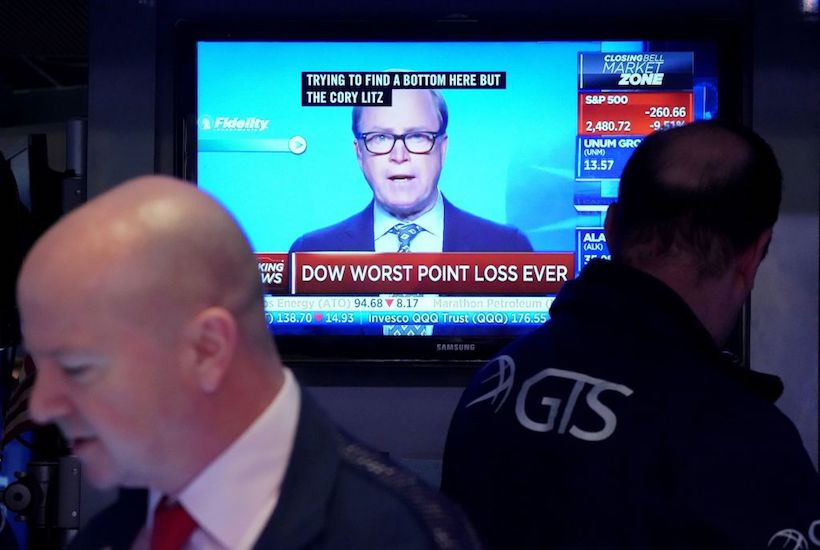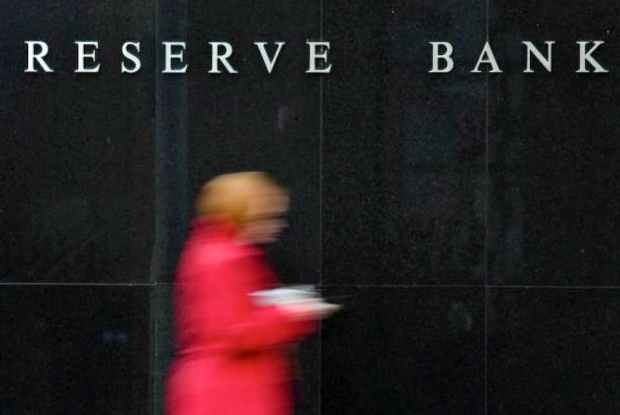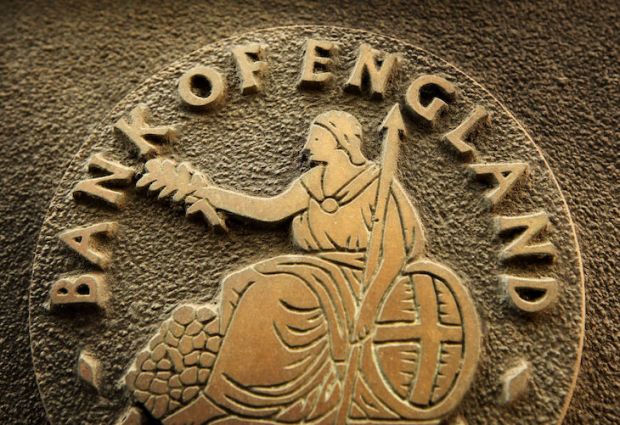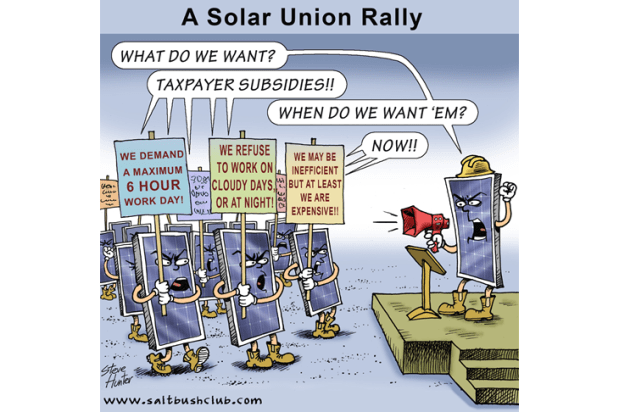The Reserve Bank of Australia has used the coronavirus threat to accelerate its move toward radical monetary policy. To prevent further distortions to the Australian economy the government should lower the RBA’s inflation target that is driving economically harmful intervention.
Last year, RBA Governor Philip Lowe tested the waters with talk of quantitative easing and negative interest rates with the proviso, “our current thinking is that QE becomes an option to be considered at a cash rate of 0.25
Already a subscriber? Log in
Subscribe for just $2 a week
Try a month of The Spectator Australia absolutely free and without commitment. Not only that but – if you choose to continue – you’ll pay just $2 a week for your first year.
- Unlimited access to spectator.com.au and app
- The weekly edition on the Spectator Australia app
- Spectator podcasts and newsletters
- Full access to spectator.co.uk


























Comments
Don't miss out
Join the conversation with other Spectator Australia readers. Subscribe to leave a comment.
SUBSCRIBEAlready a subscriber? Log in